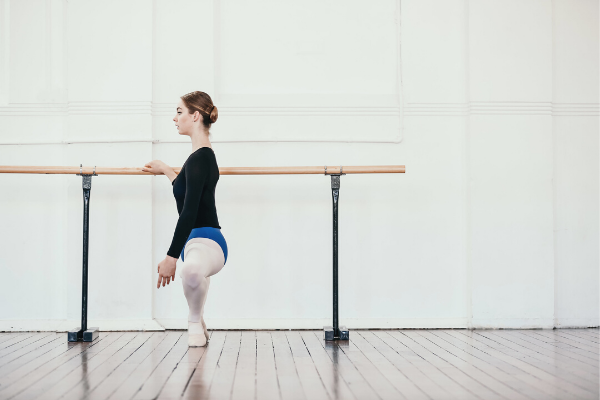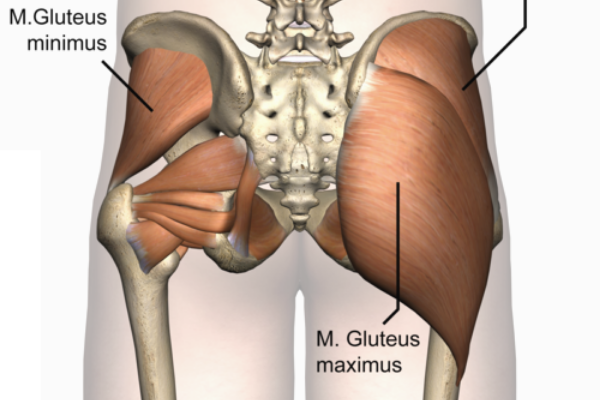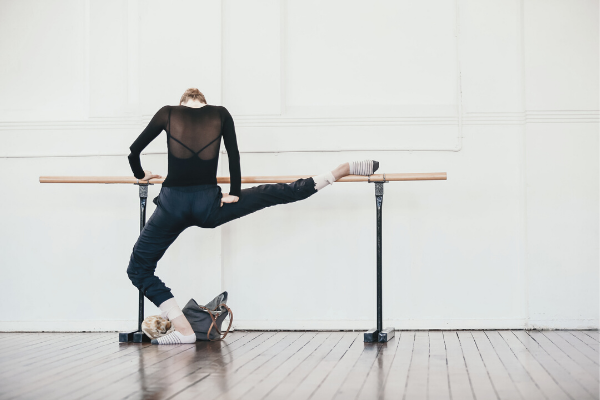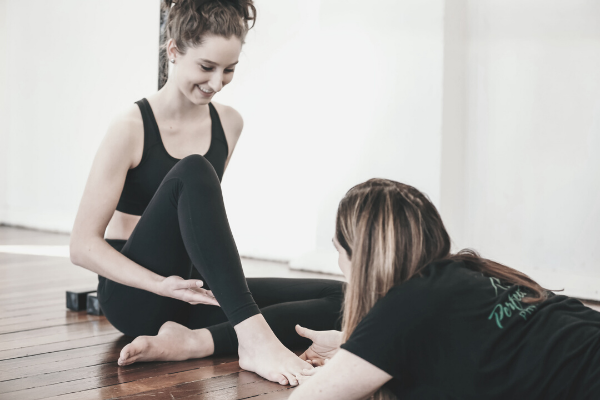- Free Articles
- Shop
- Workshops
- The Dance Educator Series
- Upcoming Workshops
- Workshop FAQ’s
- Host Application Form
- Student Workshop Application Form
- Dance Teacher & Health Professional Directory
- Workshop Testimonials
- Members Areas
- Cart
- My Account
Preventing Hamstring Tears
Just about every dancer struggles with this at some point, so I wanted to give you a few tips to help avoid something I personally went through so many times when I was trying to get more flexible...
You know that horrible moment when you are stretching away and you actually feel like you are getting somewhere, but then you feel a deep tearing pain right up by your sitting bone, and know that you will be out for a couple of weeks. And then just when it is getting better, you do a bit of a 'test' high kick in Jazz and it goes again?
Hands up who has had that experience..? Yep... Just about everyone..!
So what do we do to prevent it..?
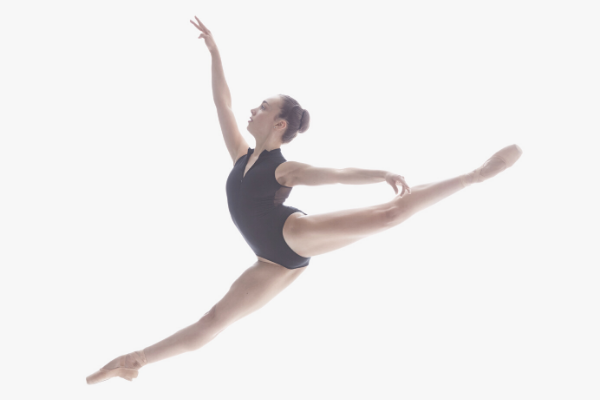
1. DON’T – Sit in long sustained stretches when you are cold.
Over the holiday period, often dancers spend more time stretching than actually dancing. And then, usually, because you are feeling a bit tight, you will sit in a stretch whenever hanging out on the floor... Sound familiar? Well, the problem with this is that when we hold a muscle on a sustained stretch, the load is often taken at the weakest part of the muscle, putting it at risk of injury. Instead; try the Sun Salutations in the Front Splits Fast Program or the Fascial Mobility exercises. his frustrating and far too prevalent issue? There are many ways to avoid this injury, so here are a few important steps you can take to avoid Hamstring Tears.
2.DON’T - Do long stretches, and then start dancing.
Sometimes, if you know that you are about to get active, you will sit into a stretch for a sustained period of time. Remember that if a muscle has been on a long stretch the muscle fibers will not actually be able to generate as much force as normal for about 20 – 30 mins until after you come out of a stretch. Always remember to 'wake up' your muscles before going from stretching into dancing to ensure that you are using all of the muscle.

3. DO - Train the hamstrings in extended positions.
Most people think of stretching their hamstrings, but most dancers rarely think of strengthening them. This is really important to get strength in the end ranges of mobility. This video (one of the bonus videos, from The Front Splits Fast Program Members Area, explains a great way to do this using a resistance band and is a great rehab tool when you are rehabbing other injuries too.
4. DO - Work on isolating the flexibility of your hamstrings from your pelvis and back.
Many dancers flex their back in order to cheat range in their hamstrings. Training the strength of your deep back muscles and the eccentric strength of your hamstrings can drastically reduce the likelihood of you getting strains at just the wrong time. “The Waiter Bow” exercise in the Tips for Turnout PDF is perfect for this. To download Tips For Turnout, click here.
I hope these tips help you avoid any tragic hamstring strains these holidays, and help you return to dancing in the New Year in full form!
Flexibility Resources
If you are looking to delve deeper into this topic, check out the following programs:
- Front Splits Fast Program: This program translates therapeutic techniques for improving Fascial Mobility and Neural Tension into easy to do exercises that can enable instant changes in your flexibility without the risk of damage through overstretching.
- Level Two Online Flexibility Intensive: If you are a dance teacher, this is the perfect continued education course for you. During this course you will understand the multifactorial nature to flexibility training. You will also explore safe ways of assessing exactly where each individual is restricted in order to create the most effective program.
- Level Three Online Flexibility Intensive on 'How to Train Extreme Mobility Safely': This workshop will help you assess your students in detail and be able to offer them effective techniques in a logical clear order to get them on the way to achieving THEIR optimal flexibility. It is also for teachers who are concerned at the extreme positions young dancers are wanting to work into, as it gives you safe guidelines on how to guide their development.



